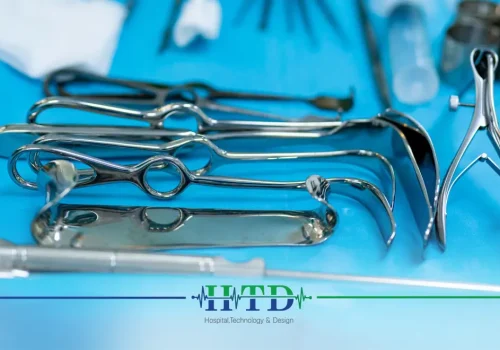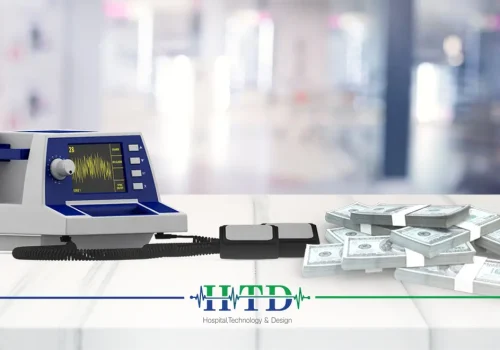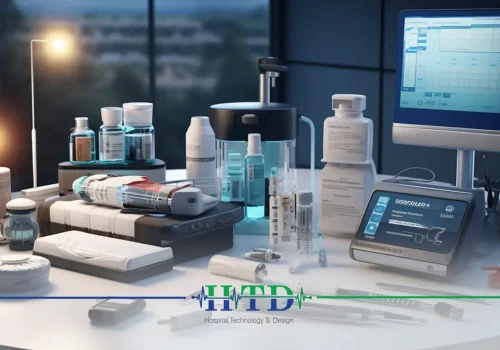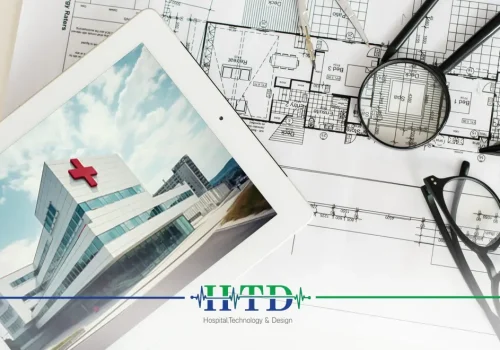Each medical device has its own function. This brings together the set of partial functions that it performs. However, the general function of the device is primarily important to the person using the device. As for the medical engineer, he must be familiar with the stages of the device’s work and therefore the partial functions that constitute the total function of the device alone or a group of medical devices if they are interconnected to perform a specific service.
Types of medical devices
Types of medical devices are classified according to their functions, or according to medical specialty, or according to the principle of their physical operation, and according to that, they are into the following types:
- Mechanical medical devices
- Radiological equipment
- Electronic medical devices
According to the medical function, it is called as follows:
- Diagnostic and monitoring devices
- Image processing and processing control devices
- Hospital and clinic equipment
- Total or partial compensation devices
Names of medical devices and their uses:
- Autoclave, sterilizer: It is a pressure tank designed to heat aqueous solutions above their boiling point at regular atmospheric pressure for the purpose of sterilization.
- Centrifuges: They are used in laboratories and are of various types, but their purpose is the same, which is to separate blood or liquid materials into their main parts in order to use each one separately or to study and analyze it.
- Feeding unit: Medical devices, called the feeding unit, are used to evaluate the electrical power of the device, as the current from the public or private network is used for feeding, and in some cases through batteries located within the device.
- Information display group: Information is displayed in the final stage, where it can be read in the form of numbers or seen in the form of images and curves according to the display units used.
- Power converters: Power converters constitute a reverse process for plugs or sensors, where electrical energy is converted into radiant energy or non-electrical energy.
Functional work followed in medical devices
- The collector, plug, sensor: Its mission within diagnostic devices is to achieve communication between the machine and the vital element. This is done through a direct connection inside the body or an indirect connection, as is the case in radiological medical devices.
- Electronic functional group: Diagnostic medical devices consist of a series of electronic circuits interconnected with each other. The task of these medical devices begins directly after the switch or sensor, where good interconnection is achieved with it.
- Measurement bridge: It is based on the principle of causing a change in resistance values that is reflected in the form of voltage or current, and this is done relatively to a used reference voltage.
- Amplified medical devices: Since the voltage provided by the transducer is often small, amplification must be done by medical devices.
Medical examination tools:
It usually includes simple mechanical tools to assist in the examination, such as a patient’s stethoscope, lighting tools, a reflection mirror, a stimulator hammer, a blood pressure measuring device, and medical examination tools.
Medical devices specialized in viewing and presenting images, and mainly include equipment that shows the general or organic structure of healthy or diseased parts within the body and the changes that occur to them, such as
Endoscopic devices:
- Gastroscopy
- Gastric endoscopy devices
- Genital endoscopy
- Radiographic equipment
- Dental medical devices
- Head and brain imaging devices
Doctors use endoscopic medical devices to identify and treat problems in the esophagus, stomach, intestines and rectum. This is done even if the patient does not have any symptoms. But it is useful for detecting serious problems such as colon cancer, which can be treated if detected with these medical devices.
Ultrasound devices
And cardiac imaging, such as brain imaging devices and medical devices for motion scanning or regular imaging. Diagnostic ultrasound, also known as sonography, is used to take pictures of the internal parts of the body. They provide important information for diagnosis and treatment guidance for a variety of diseases and conditions.
Nuclear medicine devices:
- Gamma scanner
- gamma camera
- Electronic photography
- CT for computed tomography
- Radiographic scanning
- IMR for magnetic tomography
These medical devices are applied to detect the presence of diseases such as cancer, infection, blockage of blood vessels, metabolic disorders, kidney diseases, brain diseases, changes associated with aging, and some various other diseases,
Biometric devices:
It includes measuring devices used to display or store information that represents human biophysical and biochemical functions on the body. As well as medical devices specialized in measuring reaction, such as:
- EEG – EMG -EKG
- Pressure measuring devices
- Audiogram
- Devices to hear fetal sounds
Devices for image measurement, processing, treatment control and planning
These include medical devices to store information in order to analyze and evaluate the measured amounts, measured groups, or equipment to monitor the patient through the information extracted from it, and determine the appropriate treatment according to the current situation.





